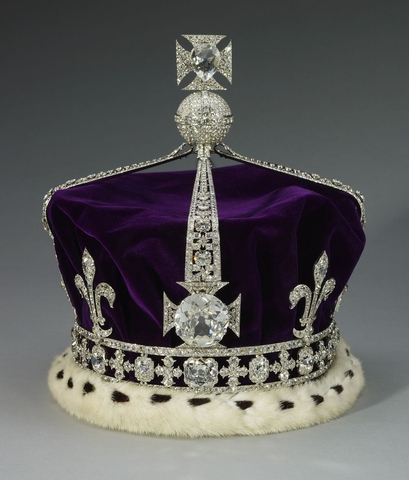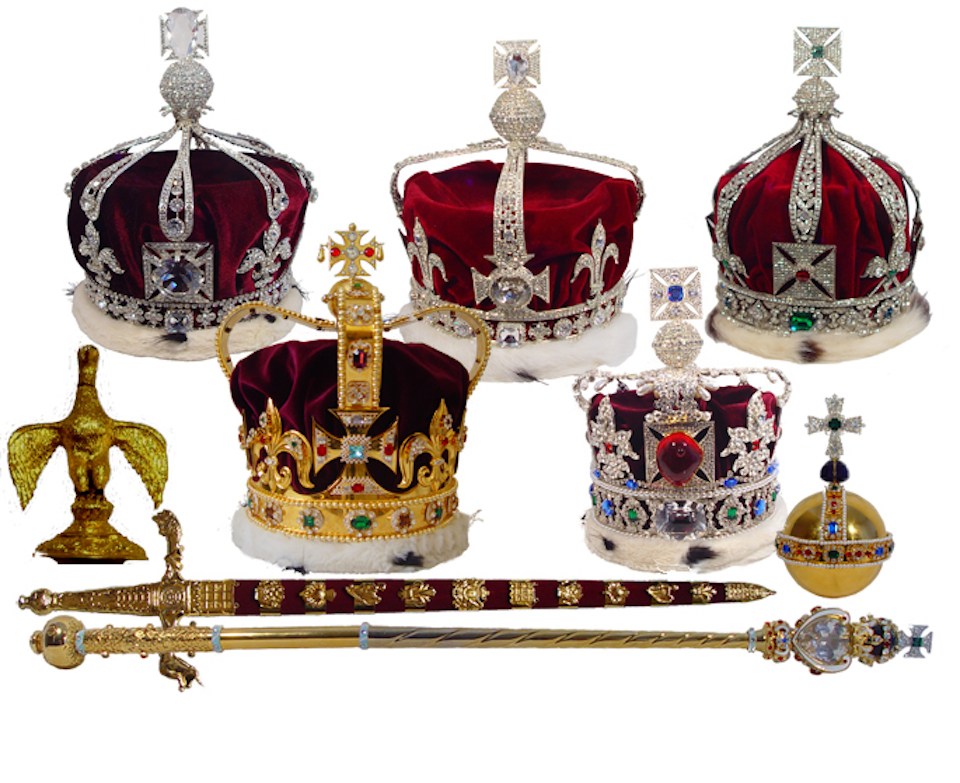Koh-i-Noor diamond – fact versus fiction

The Koh-i-Noor is one of the world’s most famous and controversial precious stones. Dating back to the Mughal princes of pre-colonial era India, it has found its way into the possession of Persian warriors, Afghan warlords, Punjabi Maharajas and British administrators and monarchs. The 105 carat gem finally came into the hands of the British in the mid-19th century and is now part of the Crown Jewels in the Tower of London. Many Indians still believe that the stone was ‘stolen’ from them by the British and there has been some diplomatic pressure applied over the years in an attempt to secure its return. How it came into British has is the subject of a book by William Dalrymple and Anita Anand entitled ‘The Story of the World’s Most Infamous Diamond,’ published by Juggernaut. The book states that the Koh-i-Noor came into the possession of Lord Dalhousie, the Governor-General, in 1849 who sent it to Queen Victoria along with its official history in order to garner favour from the future Queen-Empress of India. The research on the gem’s background was undertaken by Theo Metcafe, a junior assistant magistrate in Delhi, who was commissioned by Dalhousie despite having a reputation for drunkenness and debauchery! It is perhaps unsurprising that Metcalfe did little more than collect colourful gossip on the stone but this hearsay has perpetuated down the ages throughout many articles and still remains on Wikipedia to this day.

The Koh-i-Noor was mounted in the crown worn by Queen Elizabeth the Queen Mother and displayed atop her coffin for her state funeral in 2001. When it arrived in the UK in the mid-19th century the diamond was actually almost double its present day size at 190.3 carats and it came with two accompanying stones, the Darya-i-Noor, or ‘Sea of Light,’ (which is now estimated at 175-195 carats and resides in Tehran) and the Great Mughal Diamond, which many gemmologists believe to be the 189.9 carat Orlov diamond. All three of these stones were originally captured in and removed from India by the invading Persian ruler Nader Shah in 1739. For more than a century these gemstones were kept in relative obscurity until they reached the Punjab and began to be widely regarding for their size and beauty. Interestingly the Koh-i-Noor was actually not a flawless diamond as it contained an inclusion in its very centre consisting of a plane of yellow flecks, one of which was large enough to impede the stone’s ability to refract light. As a direct result Prince Albert, Consort to Queen Victoria, was eager to have the gem re-cut. Today it is actually only the 90th largest known diamond in the world, which explains why tourists to the Crown Jewells collection at the Tower of London often comment upon how small it is in comparison to the much larger Cullinan diamonds that are displayed near to it.

It is impossible to know exactly where and when the stone was originally extracted, a fact that only serves to heighten its mystique. Some have asserted that Koh-i-Noor may actually be the ‘Syamantaka,’ a gem from the Hindu Bhagavad Purane tales of Krishna, one of the highest Gods in the Hindu pantheon. Metcalfe believed that “this diamond was extracted during the lifetime of Krishna.” One thing that is certain is the fact that it was never actually mined at all as Indian diamonds are generally found in the alluvial deposits of dry river beds, mostly in south India. While it is true that both Hindus and Sikhs prize diamonds over most other gems, Mughals and Persians alike preferred large, uncut and brightly coloured stones. In fact that Koh-i-Noor was only one among a number of beautiful stones in the Mughal treasury, which contained probably the greatest collection of gemstones ever assembled. The Mughals also had a penchant for red spinels from Badakhshan and later Burmese rubies. In a bazaar twist of fate, the Mughal emperor Humayun gave the Babur’s diamond (commonly believed to be the Koh-i-Noor) to Shah Tahmasp of Persia as a gift while he was in exile. At some point in the following centuries the stone found its way back into the Mughal rulers’ treasure chest but how this came about has been lost to the mists of time.

A popular myth developed over the years that told of the Koh-i-Noor being stolen from Mughal Emperor Muhammad Shah Rangila by Nader Shah on the pretext of a ceremonial turban swap. However it is clear that at this time the Koh-i-Noor was set into a large piece of jewellery so it is highly unlikely that it could have been successfully secreted within a turban. In fact a contemporary account by the Persian historian and eyewitness Marvi states that at this time the stones was set into the centrepiece of the magnificent Peacock Throne of Shah Jahan. Marvi was the first person to write of the Koh-i-Noor by its modern name and he stated that it was set into the roof of the extraordinary throne and his works have subsequently been translated into modern English. Another myth surrounding the stone has it that it was cut rather poorly by a Venetian polisher, resulting in a significant loss of size. It seems there may be a modicum of truth in this rumour, as the French gem merchant and explorer Jean-Baptiste Tavernier was granted permission by the Mughal ruler Aurangzeb to view his collection of fine jewels and maintained that the stone cutter Hortensio Borgion had indeed badly cut a large diamond resulting in a noticeable loss of size. There is however some dispute as to whether he was referring to the Koh-i-Noor or the Great Mughal Diamond, gifted to King Shah Jahan and now thought to be the Orlov diamond in Catherine the Great’s imperial Russian sceptre in the Kremlin. Due to the fact that the Koh-i-Noor has established itself at the centre of the writings of great Indian diamonds, it is often mistaken for other stones that have long since been forgotten.

Visit London DE’s blog to explore similar articles.


